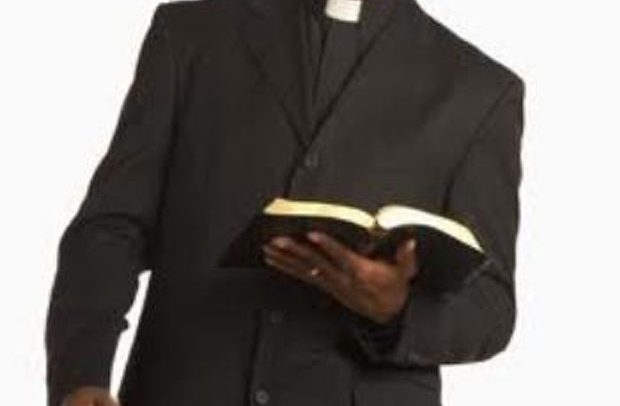IN LAST week’s edition, we discussed clericalism and how it has killed the priesthood of all believers. The Association of U.S. Catholic Priests define clericalism as, “an expectation, leading to abuses of power that ordained ministers are better than and should be over everyone else among the People of God.”
But Katarina Schuth defines the term as a type of exceptionalism, a form of elitism. Thus, many Christian scholars and ministers across denominations condemn the culture of clericalism in Christianity, considering its adverse effects on the priesthood of all believers.
In a message, Pope Francis described clericalism as, “an attitude embraced by priests and bishops in which they see themselves as special or superior to others. Those who believe they are entitled to this elevated status claim certain prerogatives and feel exempted from accountability for their behaviour.”
In his words, Jason Blakely stresses that “clericalism does this by treating priests as beatified ministers merely by dint of the formal role that they occupy in the church. From the vantage point of clericalism, priests appear to be nearly magical beings, holier than the rest of us, capable of greater moral perfection, insight, wisdom and fortitude.”
In parish life, priests exhibit clericalism by ignoring, putting down, and excluding lay people, especially those with whom they minister. The head of the Catholic Church has repeatedly denounced clericalism, referring to it as an ugly perversion of the church, an evil, a really awful thing, and an abuse of power.
Today, in many Christian denominations, clerical culture prevails. George B. Wilson understands clerical culture as the product of everyone affected by – or implicated in – its continuance. That includes equally those who are seen as lay people vis-à-vis a particular body of clergy.
He notes that cultures are generated by the behavioural interactions between a particular clergy and its corresponding laity, adding that the generation and continuance of a culture is a matter of relationships, a single reality mutually created by both sets of participants.
Wilson further explains that cultures and their relationships through which they are enacted create a world of meaning for their adherents. Cultures benefits people’s interests or they would not survive. That includes, in the instance of a clerical culture, not only the members who manifestly enjoy the benefits produced by the whole network of believers and behaviours that create and maintain the culture.
However, Papesh, in his work, argues that the clerical culture is the medium in which most of the ordained live significant portions of their lives. Like fish in water, most bishops, priests, and laity take clerical culture unreflectively for granted. Yet clerical culture is precisely the constellation of relationships and the universe of ideas and material reality in which priests and bishops exercise their ministry and spend their lives.
Now, it is important that the terms “clergy” and “laity” are clearly explained. In the words of Wilson, the first thing we have to confront is that in its roots the notion of the cleros has no intrinsic relation to religion or the holy.
The Oxford English Dictionary, according to him, informs us that a cleros was a “lot, an allotment, a piece of land, and estate, a heritage”…What was inherited, the thing shared, was quite mundane and secular: physical property. At root, clergy are propertied, people with an inheritance.
Wilson continues that this secular meaning of cleros was gradually transformed by the Christian community. The result is that most Christian churches understand the clergy today as persons functioning within the priesthood of all the people but ordained, or set aside, for particular service, especially in connection with Eucharistic ministry.
That is not to say that the early church did not recognise certain individuals as exercising particular forms of service in the community. It did. But the practice of grouping them together under a single collective noun, as cleros, and thereby distinguishing them from an undifferentiated mass of members is a later phenomenon, reflecting a later stage of societal development.
According to him…prior to that stage of development, it would also be a mistake to refer to anyone as laity. The paradox is that there was no collection called laity until there was a class called clergy.
But Papesh sees cleros as a group of people within the Christian faith community designated for spiritual and leadership functions. Regarding laity, he writes that the first use of the word laity, in contrast to clergy, appears in Christian literature near the end of first century in the First letter from Clement, sent by a member of the College of overseers from the church at Rome to the church at Corinth…the distinction between clergy and laity becomes fixed through the fourth and fifth centuries and remains today.
Interestingly, Prof. Emmanuel Asante also appears to uphold the views already expressed. He explains that the distinct categories of lay and clergy are being questioned today, more so, because the Greek word, Laos, from which the English, laity, derives, means quite simply, people.
He adds that in the secular Greek, the expression was used in reference to the population of city-states. In biblical Greek, Laos was intended to mean the whole people – that is, a people who are sacred, as distinct from those who are not. Laos then was an inclusive word, denoting all the people of God.
To be continued
Jamesquansah@yahoo.com
By James Quansah


